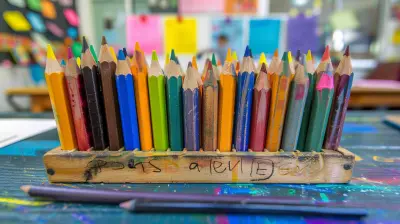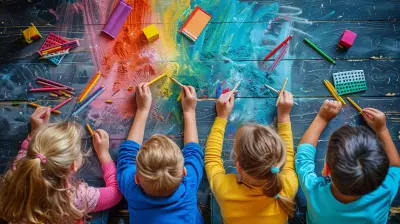How to Build Strong Relationships with Your Students
30 July 2025
As educators, we often get so caught up in lesson plans, grading papers, and meeting deadlines that we sometimes forget one of the most important aspects of teaching: relationships. Building strong, meaningful, and authentic relationships with your students isn’t just “a nice bonus” — it’s the foundation that can transform your classroom into a thriving learning community.
You want your students to feel safe, supported, seen, and heard, right? Imagine your classroom as a second home—a safe haven that fosters curiosity, resilience, and motivation. That all starts with connection.
In this article, let’s dive deep into the heart of what it takes to build strong relationships with your students—not just surface-level interactions, but real bonds that make a lasting impact.
Why Are Relationships with Students So Important?
Let’s be real. You probably remember your favorite teacher not because they taught you how to solve quadratic equations or diagram sentences, but because they made you feel valued. Strong teacher-student relationships can:- Boost academic performance
- Increase classroom engagement
- Reduce behavioral issues
- Improve student confidence
And let’s not forget—it makes teaching a whole lot more enjoyable. When you build that connection, you’re not just teaching a subject; you’re shaping a life.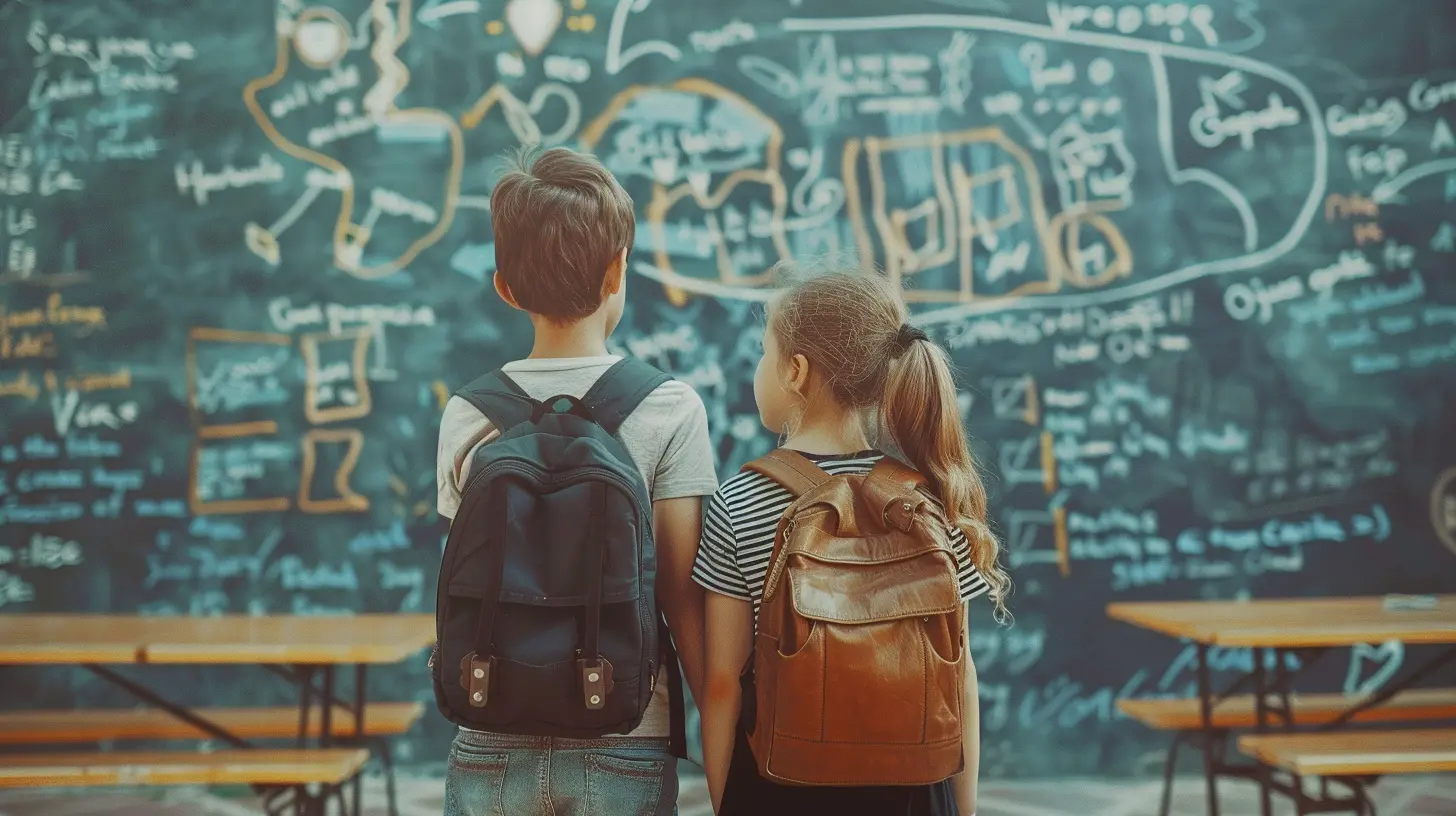
1. Be Human First, Teacher Second
Students connect with you as a person before they connect with your curriculum.Share a little about yourself—your hobbies, your favorite books, or what made you want to become a teacher. You don’t need to bare your soul, but giving students a peek into who you are builds trust and helps bridge the gap that sometimes exists between teachers and students.
Don’t be afraid to admit you’re having an off day. That honesty models emotional intelligence and makes you more relatable. Think of it like this: would you rather talk to a robot or a real person?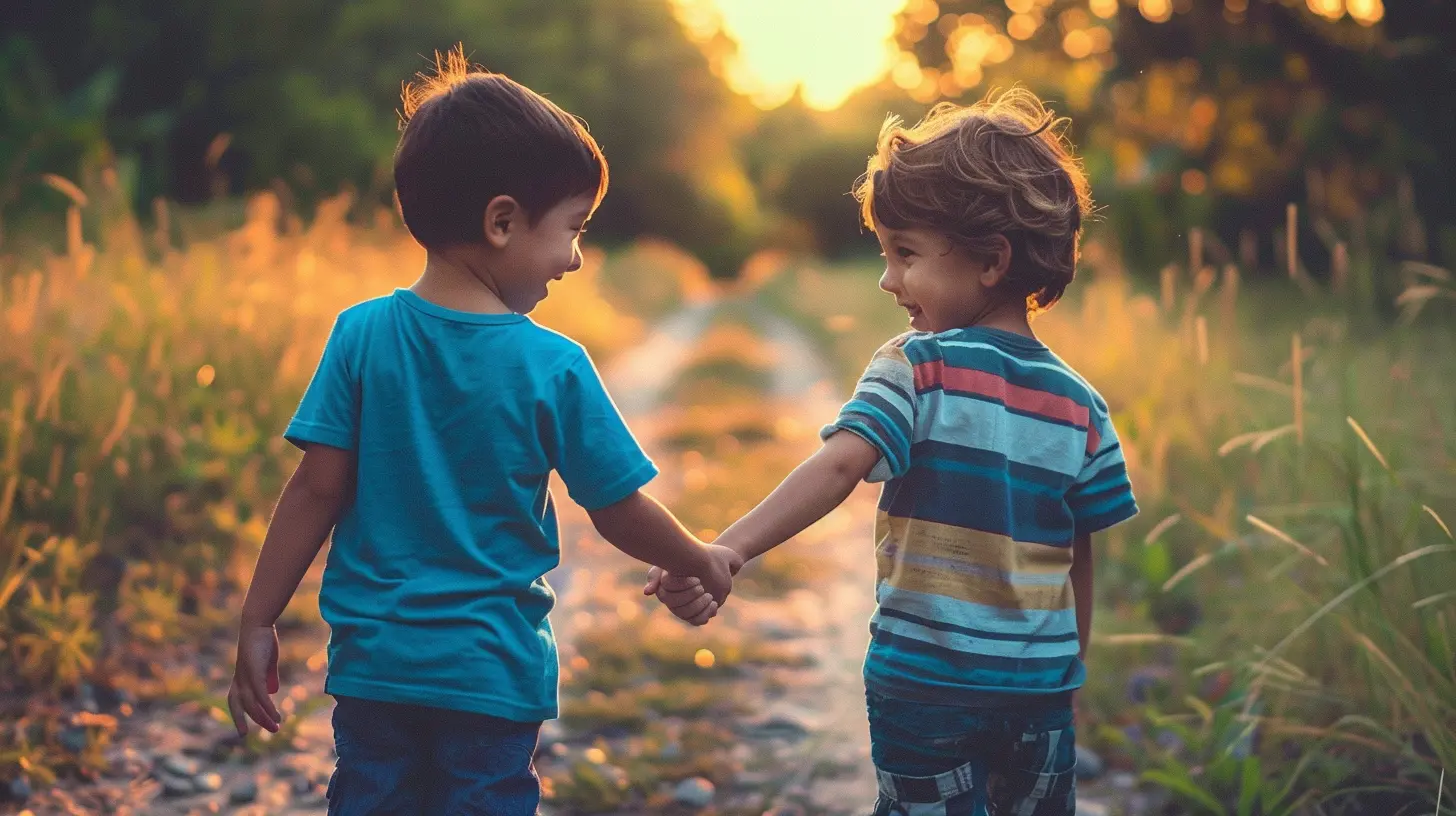
2. Learn Their Names—and Use Them Often
This might seem basic, but it’s powerful. Learning and using your students’ names shows that you see them as individuals, not just part of a crowd. Take the time during the first week (or two) to really get names down, and don’t stop there.Say their names during interactions:
- “Thanks for sharing that, Maria.”
- “Excellent point, Jamal.”
- “What do you think, Zoe?”
You’ll be amazed at how far this simple act can go in making students feel acknowledged and respected.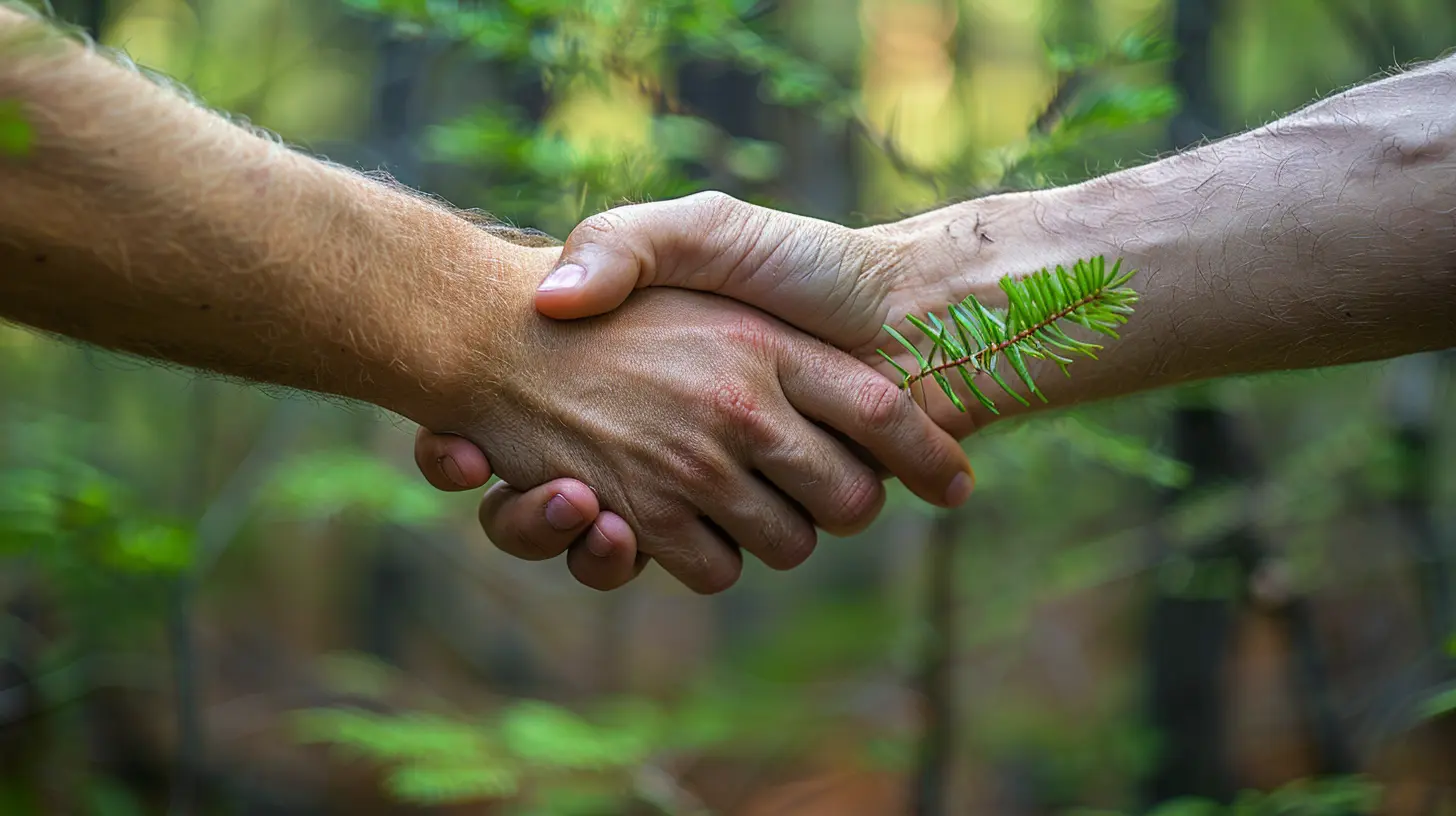
3. Listen More Than You Speak
Here’s the truth—students don’t always want advice; sometimes they just want to be heard.Set aside time for one-on-one conversations. Ask open-ended questions like:
- “What’s something you’re excited about right now?”
- “What’s been challenging for you lately?”
- “How’s everything going outside of school?”
Then—here’s the key—really listen. Don’t interrupt, don’t rush, don’t brush it off. Sit in it with them. That’s where trust is built. When students feel heard, they feel valued. And when they feel valued, they’re more willing to learn.
4. Show Up Consistently
Consistency builds reliability, and reliability builds trust.If you say you're going to do something—do it. Whether it’s checking in with a student tomorrow, returning a test by Friday, or attending a school event, following through shows you care and value them.
Being emotionally consistent is just as key. Students should never have to “guess” which version of you they’re getting today. That emotional stability creates a safe space that nurtures learning and growth.
5. Celebrate Their Wins—Big and Small
Did a student finally nail long division? Did they speak up in class for the first time? Celebrate it.Recognition is like sunshine for self-esteem. Whether it’s a high-five, a sticky note with a kind word, or a simple classroom shout-out—take time to spotlight their progress.
And don’t just focus on academic wins. Celebrate kindness, creativity, perseverance, and teamwork too. These acknowledgments tell students, "What you do matters to me."
6. Let Them See You Care Outside the Classroom
Relationships aren’t just built during class time. Sometimes the strongest connections come in moments you don’t plan for.- Show up to their game or school play
- Leave a kind note in their locker
- Ask about their weekend plans
- Remember their birthdays
- Check in when they’re absent
These simple gestures show students that you care about them as people, not just as pupils. And let’s be honest—when someone invests in you, don’t you naturally want to give back?
7. Establish Boundaries with Empathy
Being close to your students doesn’t mean lacking boundaries. In fact, healthy boundaries are essential—they offer structure, predictability, and respect.But here’s the key: enforce those boundaries with empathy.
For example, instead of saying, “Stop talking or I’ll give you detention,” try, “I see you’re excited to share, but let’s respect our class time—can we chat after?”
This approach keeps things respectful and shows students that discipline doesn’t have to mean disconnection. You're not there to punish—you’re there to guide.
8. Be Their Champion, Not Just Their Critic
Sure, you're there to help them grow academically, but that doesn't mean you have to constantly correct or critique. Think about how coaches operate—they correct form, sure, but they also hype their players up and remind them they’ve got what it takes.Be that coach.
Don’t just point out what’s wrong—highlight what’s right. Shift your feedback from “You did this wrong” to “Here’s how you can grow from this.” That subtle shift can make a huge difference in how students perceive your role.
9. Create a Safe Space for Mistakes
Mistakes are part of learning. But students won't take risks if the classroom feels like a place of judgment.So normalize mistakes. Celebrate failure as a stepping stone. Share some of your own academic flops (we’ve all got 'em, right?). Show them that learning is messy, and that’s okay.
When students stop fearing embarrassment or punishment, they start engaging with more courage and curiosity.
10. Use Humor and Have Fun
Laughter breaks down walls.Crack a dad joke. Do a silly voice during read-aloud. Play classroom games. Add some humor into your lessons where appropriate. When students see that you’re having fun, they’re more likely to let their guard down and show up authentically.
It’s not about being a stand-up comic—just letting some joy into the room goes a long way in strengthening that teacher-student bond.
11. Reflect and Be Willing to Grow
Building relationships isn’t a one-and-done thing. It’s ongoing, like watering a garden—it takes time, effort, and a willingness to reflect on what’s working and what’s not.Ask yourself:
- Have I connected with each student this week?
- Am I showing grace when they make mistakes?
- Do my students feel safe in my classroom?
Sometimes you’ll miss the mark—and that’s okay. What matters is that you notice, adjust, and keep showing up.
12. Embrace Individuality
Every student is different. Different personalities, different learning styles, different backgrounds. Get to know what makes each one tick. What motivates them? What frustrates them? What makes them smile?Try doing informal surveys, interest inventories, or even quick “get-to-know-you” chats during free time. The more you understand their world, the better you can connect and support them in meaningful ways.
When your students feel like you see them for who they really are—not just who you want them to be—that’s when the magic happens.
Building a Relationship Is the Curriculum
Here’s a thought: what if building relationships isn’t something separate from your curriculum—but is the curriculum?Because honestly, without connection, you’ll struggle to deliver content in a way that sticks. But with it? You create a thriving learning environment where students feel inspired to show up, speak up, and keep going.
There’s no shortcut to strong student relationships—it takes time, intentionality, and heart. But the payoff? Totally worth it.
When students know you care, they care more too. About their learning, their behavior, their future—and about you.
So take the time. Connect. Listen. Laugh. Support. Guide.
That’s when you stop just teaching a subject, and start changing lives.
Final Thoughts
Building strong relationships with your students isn’t about being “the cool teacher” or being everyone’s best friend. It’s about being a reliable, caring, and consistent adult who creates a space where students feel safe enough to be themselves.Remember: the learning will come. But the connection? That’s what they’ll remember forever.
So whether you’re just starting out or looking to deepen the bonds you’ve already built, keep prioritizing those relationships—they’re the heartbeat of your classroom.
all images in this post were generated using AI tools
Category:
Teacher ResourcesAuthor:

Fiona McFarlin
Discussion
rate this article
1 comments
Opal Cruz
Building strong relationships with students is essential for fostering a positive learning environment. Genuine connection, active listening, and empathy can transform classrooms into supportive spaces. As educators, we must reflect on our approaches and prioritize these relationships, as they are the foundation for student success and engagement. Trust is key.
August 9, 2025 at 3:58 AM

Fiona McFarlin
Absolutely! Building strong relationships is vital. Trust, empathy, and active listening create a supportive learning environment that enhances student success and engagement.

